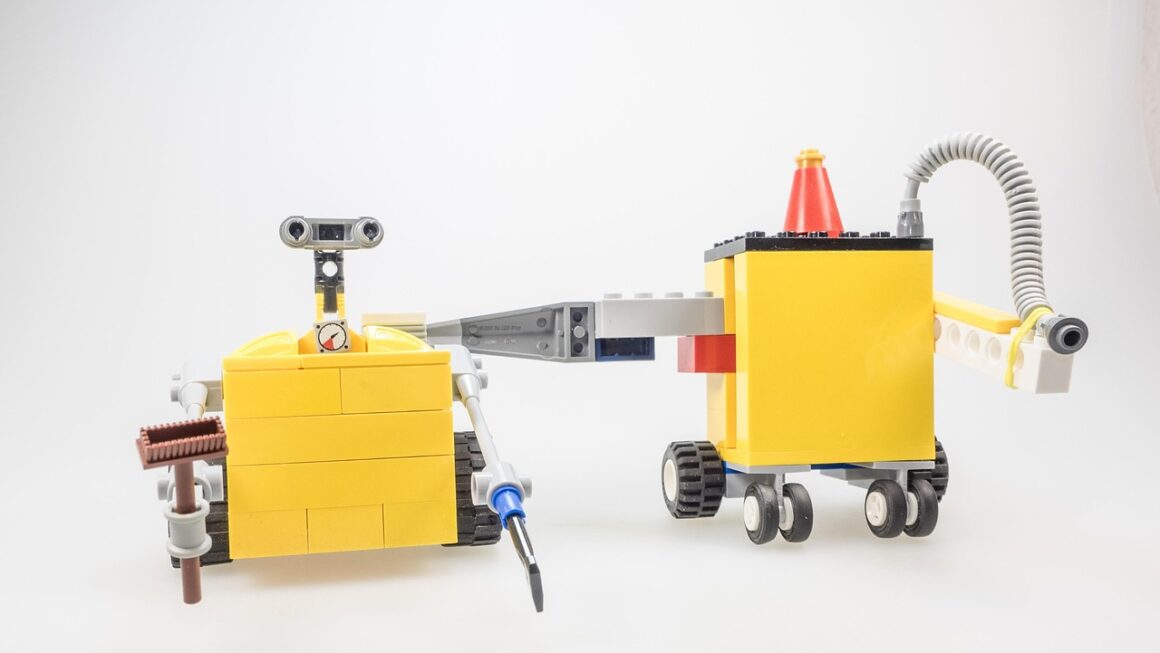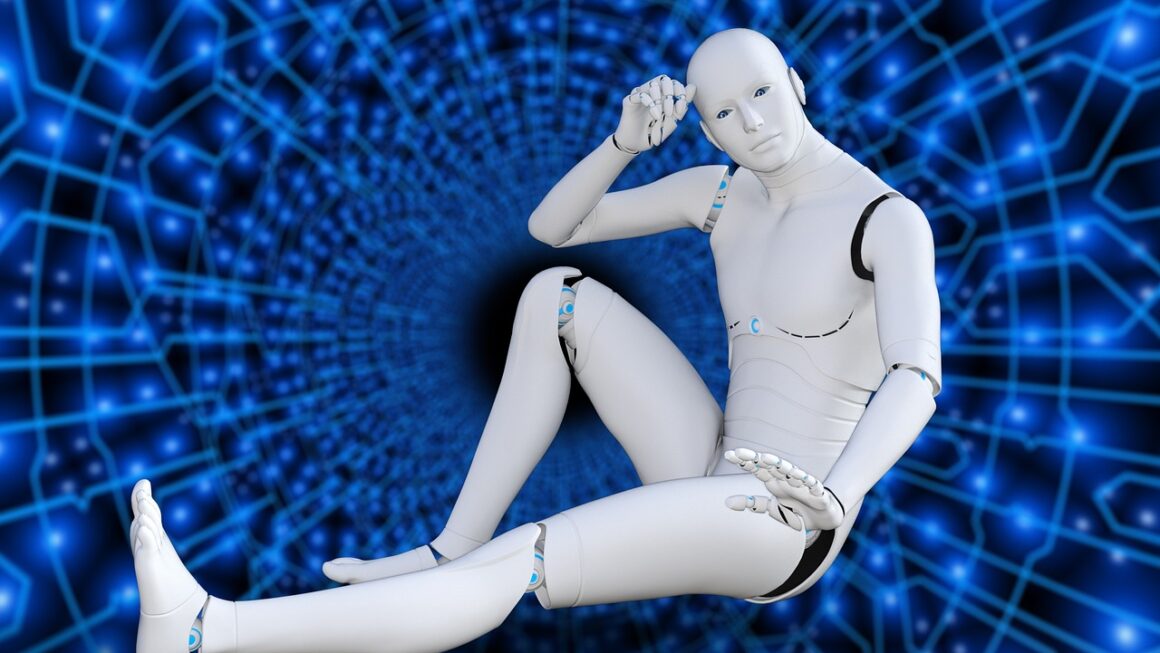The relentless march of Artificial Intelligence (AI) continues to redefine industries, reshape economies, and even alter the fabric of our daily lives. From self-driving cars navigating complex urban landscapes to sophisticated algorithms diagnosing diseases with unparalleled accuracy, AI innovation is no longer a futuristic fantasy; it’s a present-day reality that demands our attention and understanding. This article delves into the key areas of AI innovation, exploring its impact, potential, and the challenges that lie ahead.
The Evolution of AI: From Rule-Based Systems to Deep Learning
A Brief History of AI
The journey of AI has been a long and winding one, marked by periods of intense excitement followed by periods of disillusionment, often referred to as “AI winters.” Initially, AI research focused on rule-based systems, where computers followed explicit instructions to solve problems. However, these systems proved brittle and unable to handle the complexities of the real world.
The Rise of Machine Learning and Deep Learning
The paradigm shifted with the advent of machine learning (ML), where algorithms learn from data without being explicitly programmed. Within ML, deep learning, inspired by the structure and function of the human brain, has emerged as a dominant force. Deep learning models, particularly neural networks with multiple layers, can automatically extract intricate patterns from vast datasets, enabling breakthroughs in areas like image recognition, natural language processing, and speech recognition.
- Key Advancements:
Increased computing power: GPUs and specialized hardware enable the training of complex models.
Availability of big data: Large datasets fuel the learning process of deep learning algorithms.
Algorithmic breakthroughs: Innovations in neural network architectures, such as convolutional neural networks (CNNs) and recurrent neural networks (RNNs), have propelled AI capabilities forward.
AI in Business: Transforming Industries
Enhancing Customer Experience
AI is revolutionizing how businesses interact with customers, creating personalized and seamless experiences. Chatbots, powered by natural language processing, provide instant customer support, answer frequently asked questions, and guide users through complex processes. AI-powered recommendation systems analyze customer behavior to suggest relevant products and services, boosting sales and customer satisfaction.
- Examples:
Personalized recommendations on e-commerce platforms: Amazon, Netflix
AI-powered virtual assistants: Siri, Alexa, Google Assistant
Chatbots for customer support: Many companies are implementing chatbots to handle routine inquiries and free up human agents for more complex issues.
Streamlining Operations and Improving Efficiency
AI is optimizing business operations by automating repetitive tasks, improving decision-making, and predicting future trends. Predictive maintenance uses sensor data and machine learning algorithms to identify potential equipment failures before they occur, minimizing downtime and reducing maintenance costs. Supply chain optimization uses AI to forecast demand, manage inventory levels, and optimize logistics, improving efficiency and reducing waste.
- Benefits:
Increased productivity
Reduced costs
Improved accuracy
Enhanced decision-making
Actionable Takeaway
Consider how AI can be integrated into your business processes to automate tasks, improve customer service, and gain a competitive advantage. Start by identifying areas where data is readily available and where AI can provide the most significant impact.
AI and Healthcare: Revolutionizing Patient Care
AI-Powered Diagnostics
AI is transforming healthcare by enabling faster and more accurate diagnoses. Machine learning algorithms can analyze medical images, such as X-rays, CT scans, and MRIs, to detect diseases at an early stage, often with greater accuracy than human radiologists. AI is also being used to analyze patient data, including electronic health records and genomic information, to identify individuals at risk for developing certain diseases and personalize treatment plans.
- Example: AI systems are being used to detect diabetic retinopathy, a leading cause of blindness, with high accuracy.
Drug Discovery and Development
The process of drug discovery and development is notoriously long and expensive, often taking years and costing billions of dollars. AI is accelerating this process by analyzing vast amounts of biological data to identify potential drug candidates, predict their efficacy, and optimize their chemical structures. AI is also being used to personalize drug treatments by predicting how individual patients will respond to different medications.
Personalized Medicine
AI enables a more personalized approach to healthcare, taking into account individual genetic makeup, lifestyle, and medical history to tailor treatments and interventions. This personalized approach has the potential to improve treatment outcomes, reduce side effects, and prevent disease. For instance, AI can analyze a patient’s genomic data to identify specific genetic mutations that make them more susceptible to certain diseases and guide treatment decisions accordingly.
The Future of AI: Challenges and Opportunities
Ethical Considerations
As AI becomes more powerful and pervasive, it is crucial to address the ethical implications of its use. Issues such as bias in algorithms, data privacy, and job displacement need careful consideration. It’s crucial to ensure that AI systems are fair, transparent, and accountable.
- Key Challenges:
Bias in AI systems: AI algorithms can perpetuate and amplify existing biases in the data they are trained on, leading to discriminatory outcomes.
Data privacy: The use of personal data to train AI systems raises concerns about privacy and security.
* Job displacement: Automation driven by AI has the potential to displace workers in various industries.
The Skills Gap
The rapid growth of AI is creating a skills gap, with a shortage of qualified professionals who can develop, deploy, and manage AI systems. To address this gap, educational institutions and businesses need to invest in training and development programs to equip workers with the skills they need to thrive in the age of AI.
The Potential for AI to Solve Global Challenges
Despite the challenges, AI has the potential to address some of the world’s most pressing problems, such as climate change, poverty, and disease. AI can be used to develop new technologies for renewable energy, optimize resource management, and improve healthcare outcomes. The key lies in harnessing AI’s power responsibly and ethically for the benefit of humanity.
Conclusion
AI innovation is transforming industries and reshaping our world at an unprecedented pace. From enhancing customer experiences to revolutionizing healthcare, AI offers immense potential to improve our lives and solve global challenges. However, it is crucial to address the ethical considerations and skills gap to ensure that AI is developed and deployed responsibly and ethically. As AI continues to evolve, staying informed and adaptable will be essential for individuals and organizations alike. Embracing AI innovation, while mitigating its risks, will pave the way for a future where AI empowers us to achieve greater heights.




